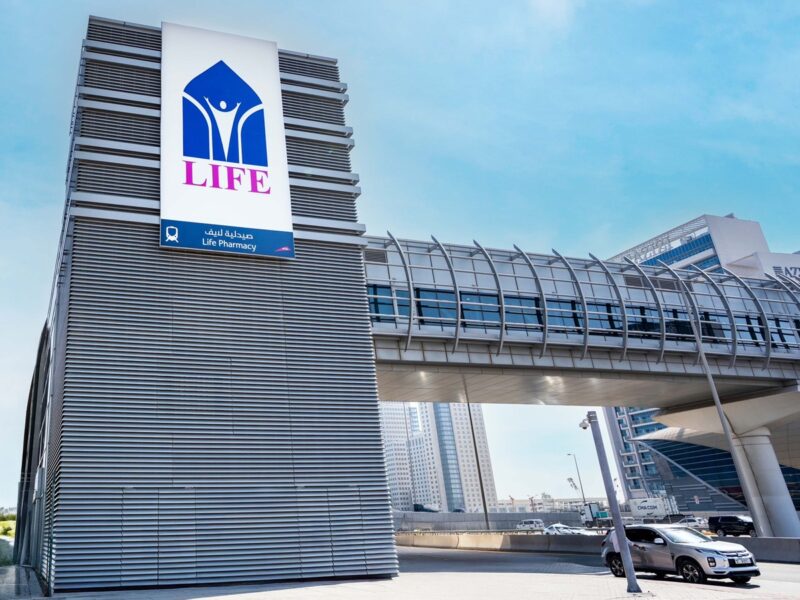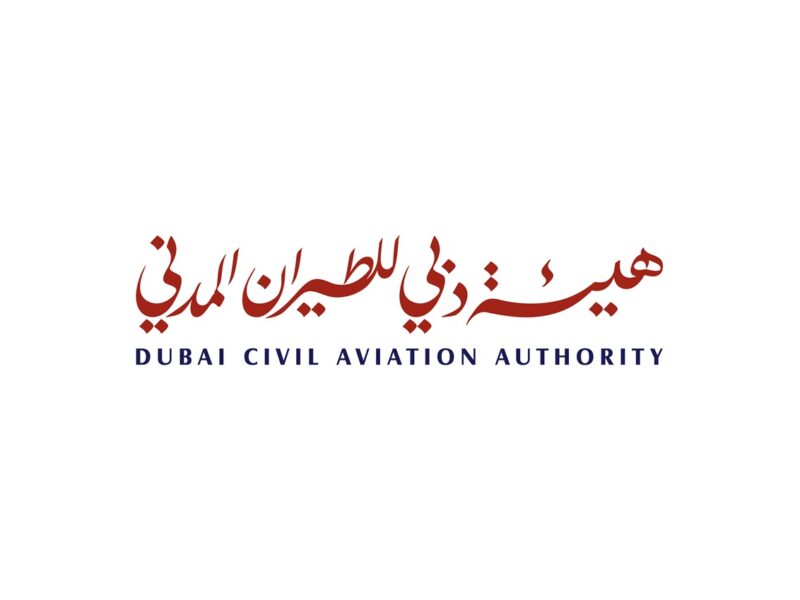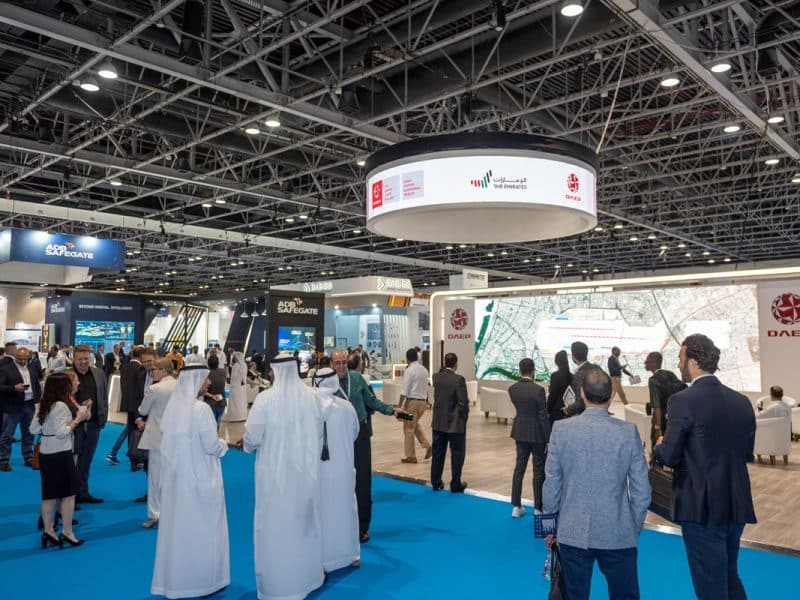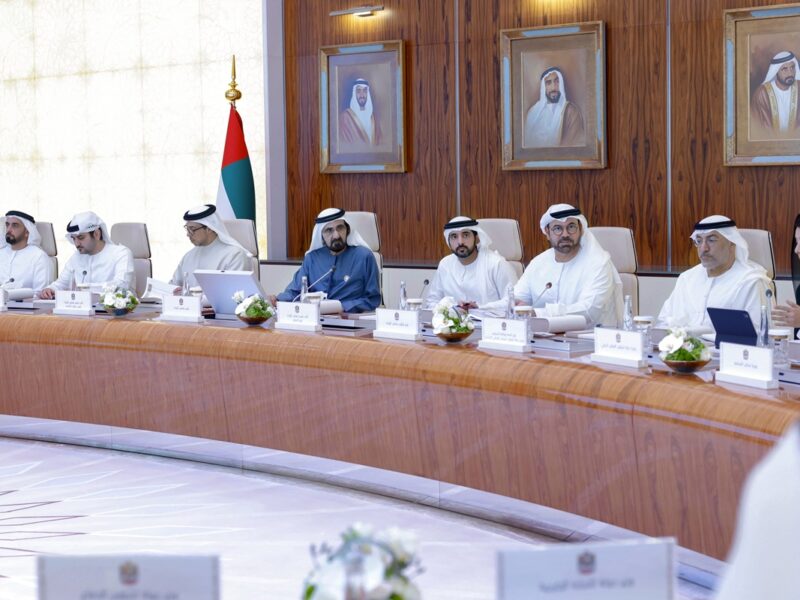A total of 53 recommendations have been made to UAE authorities in a bid to improve airspace and air traffic management as the country embarks on a huge aviation expansion plan.
Airbus ProSky, a unit of the European plane maker, said in a statement that it has completed an in-depth survey detailing the country’s current situation and what is needed to meet expectations through the 2030 timeframe.
The study, prepared in close cooperation with the UAE’s General Civil Aviation Authority (GCAA) and National Airspace Advisory Committee (NASAC), identified key policy matters for national-level decision, the company said.
It added that it has produced 53 specific recommendations that will prepare the country for the future, and alleviate current day saturation and system limitations.
Saif Mohammed Al Suwaidi, GCAA director general, said that GCAA is dedicated to providing a leading, safe, secure and sustainable aviation system.
“This study provides a key step by the GCAA to ensure the airspace structure and ATM System will be able to handle the sustained traffic growth the UAE has been experiencing and forecasted for the future,” he said.
Ahmed Al Jallaf, GCAA executive director of Air Navigating Services, added: “GCAA is committed to making the difficult choices and putting forth effort to realise our ATM Strategic Plan for 2030.
“This study was successful due in large part to the willingness and open collaboration of the UAE airspace stakeholders. This study has not only reached a significant milestone, but has produced extremely important research allowing us to be the Middle East ATM leader and set examples for other regions.”
The UAE intends to implement a global programme capable of navigating the aviation industry safely and efficiently to the next era.
The GCAA will work closely with its stakeholders to decide the necessary action plans for the next phase, the statement said.
Paul-Franck Bijou, CEO, Airbus ProSky said: “Today’s Air Traffic Management environment is about collaboration, transparency and leadership. GCAA and NASAC follow this approach and are true examples for the industry.”
In May, it was announced that Dubai is working to extend its ambitious aviation growth plan by an additional 15 years to 2045, emphasising the emirate’s desire to remain a global leader in the industry.
The new “extremely long timeframe” was revealed during an interview with Dubai Airports CEO Paul Griffiths.
Government-owned Dubai Airports is undergoing a massive expansion at both Dubai International, which is the world’s second busiest airport by international passenger traffic, and the new Al Maktoum International Airport at Dubai World Central (DWC).









